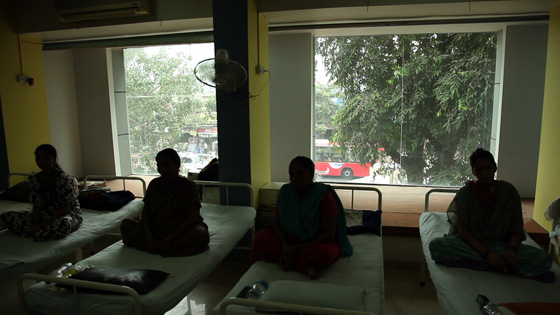Can We See the Baby Bump Please?
Director: Surabhi Sharma | 2013
“Can We See the Baby Bump Please?” is a detailed exploration of commercial surrogacy in India. It includes interviews with gestational mothers, providing rare and important glimpses into their lives and the contexts within which they make the decision to enter surrogacy relationships. The film was produced by Sama Resource Group for Women and Health, one of Surrogacy360’s global partners.
From film director Surabhi Sharma’s website:
The global reach of medical tourism and commercial surrogacy spawns a range of clinics and practices across big cities and small towns in India. Anonymous, often with limited choice, woman’s labour is yet again pushed into the background. A whiff of immorality, the absence of regulation and the erasure of the surrogate’s experience collude to produce a climate of callousness. May we see the baby bump please? meets with surrogates, doctors, law firms,agents, and family in an attempt to understand the context of surrogacy in India.
For more information on the film, including a link to purchase, visit Magic Lantern Movies.
Plus: Following a screening of “Can We See the Baby Bump Please?” at Harvard University in 2015, Judy Norsigian, co-founder and former executive director of Our Bodies Ourselves, and I. Glenn Cohen, faculty director of the Petrie-Flom Center and a professor at Harvard Law School, discussed the legal and human rights issues surrounding surrogacy and egg donation in a global context:




 Sama is a Delhi-based organization working on issues of women’s health and human rights. A key focus is assisted reproductive technologies (ARTs) and international commercial surrogacy.
Sama is a Delhi-based organization working on issues of women’s health and human rights. A key focus is assisted reproductive technologies (ARTs) and international commercial surrogacy.